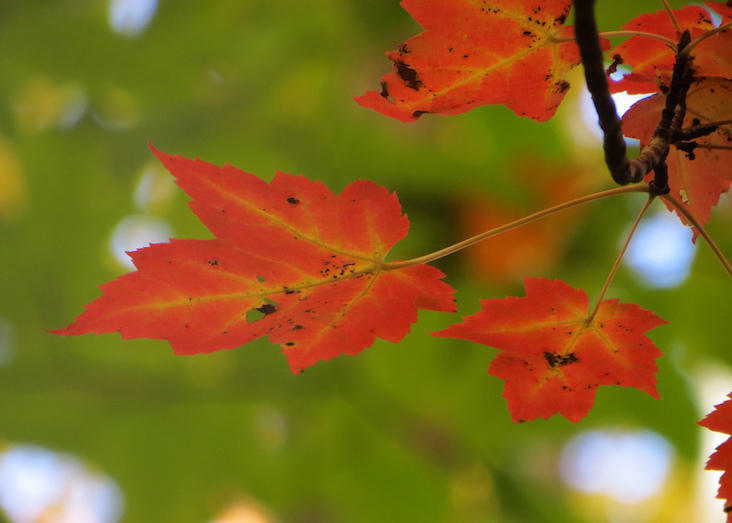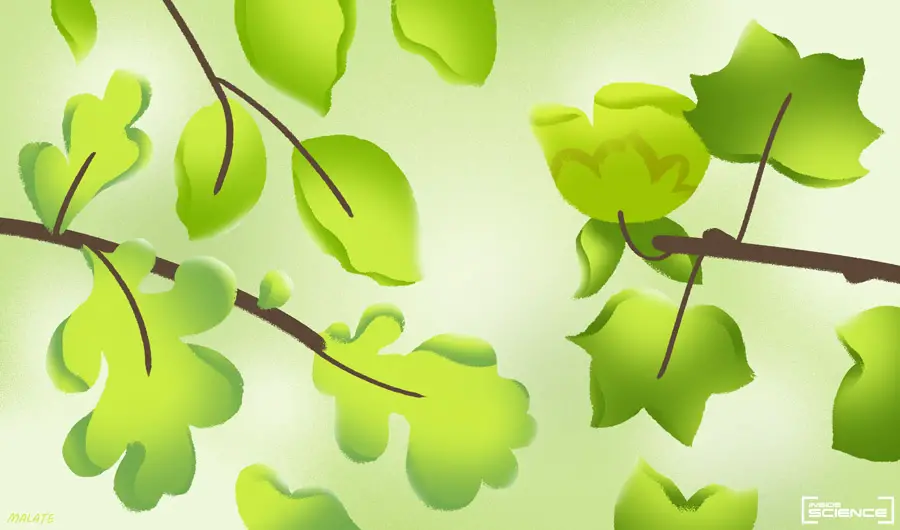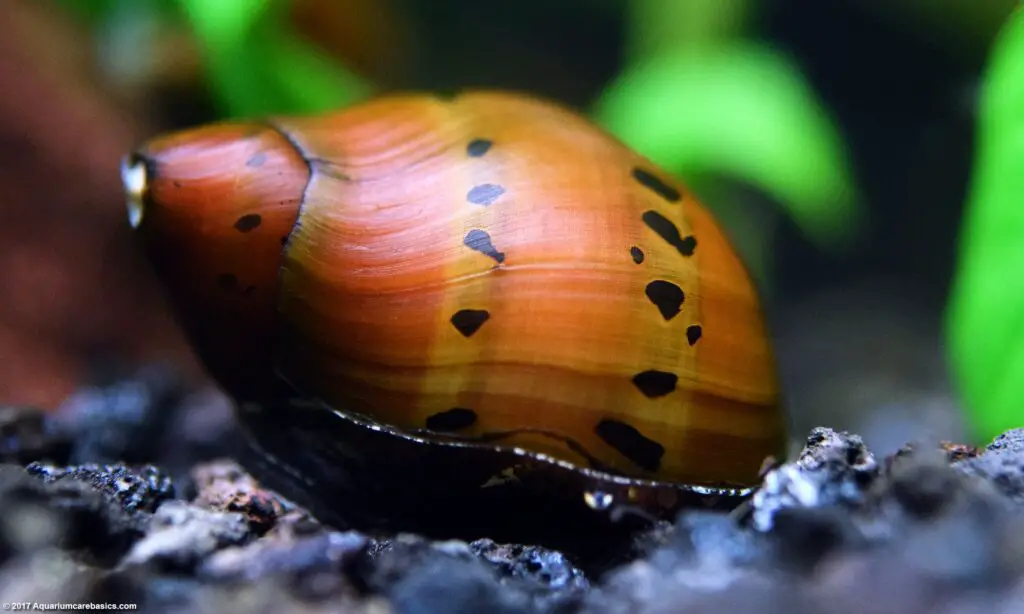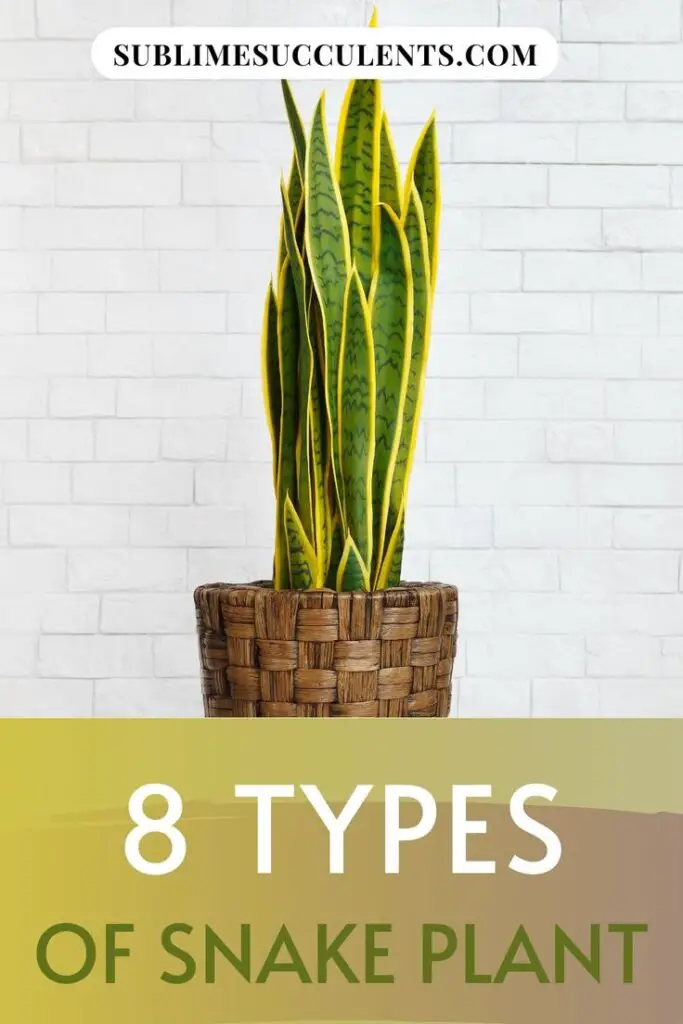The green color that you see on leaves is due to the presence of a pigment called chlorophyll. Chlorophyll is important for photosynthesis, which is how plants make their own food. sunlight hits the leaf and energy from the sun is converted into chemical energy that the plant can use to produce glucose from carbon dioxide and water.
Did you know that the color green is actually produced by chlorophyll? Chlorophyll is a pigment found in plants that helps them to absorb light energy from the sun, which they use to convert carbon dioxide and water into glucose (a type of sugar).
So why do leaves appear green?
Well, it has to do with how chlorophyll absorbs light. Chlorophyll absorbs all colors except for green, so when white light shines on a leaf, the green color is reflected back to our eyes.
Interestingly, the amount of chlorophyll in a plant can affect its color.
For example, if a plant doesn’t have enough chlorophyll, its leaves may appear yellow or red. This usually happens in the fall as days get shorter and sunlight becomes weaker – during this time, plants are producing less chlorophyll and their leaves begin to change color.

Credit: scijinks.gov
-What Causes the Green Color in Leaves
Chlorophyll is a pigment found in chloroplasts, which are organelles unique to plants and algae. Chloroplasts are found in the cells of leaves, where they play a vital role in photosynthesis, the process by which plants convert light into energy. Chlorophyll absorbs red and blue wavelengths of light from the sun, while reflecting green wavelengths.
This gives leaves their characteristic green color.
Chlorophyll is essential for photosynthesis because it helps plants to absorb energy from sunlight. The energy absorbed by chlorophyll is used to split water molecules into oxygen and hydrogen.
The hydrogen ions are used to create ATP (adenosine triphosphate), the molecule that stores energy in cells. Oxygen gas is released as a waste product of photosynthesis.
While chlorophyll is necessary for photosynthesis, it breaks down over time due to exposure to sunlight and air pollution.
As leaves age, their chlorophyll content decreases and other pigments become visible, resulting in the changing colors of fall foliage.
Chlorophyll Absorbs Red And Blue Light from the Sun, Reflecting Green Light Back to Our Eyes And Giving Leaves Their Characteristic Color
Chlorophyll is a pigment found in plants that gives them their characteristic green color. Chlorophyll absorbs red and blue light from the sun, reflecting green light back to our eyes. This process of absorbing and reflecting light is how plants use chlorophyll to convert sunlight into chemical energy that they can use for growth and other processes.
-Why Do Fall Leaves Change Color
As the days get shorter and the nights get cooler, the chlorophyll in leaves starts to break down. Chlorophyll is what makes leaves green and helps them absorb sunlight for photosynthesis. Once the chlorophyll breaks down, other pigments in the leaf are revealed.
These pigments include carotenoids (yellow and orange colors) and anthocyanins (red and purple colors). The amount of these other pigments varies from tree to tree, which is why some trees have brighter fall foliage than others.
The Cells That Produce Chlorophyll Gradually Break Down, Allowing Other Pigments Like Carotene (Which Reflects Yellow And Orange Light) And Xanthophyll (Which Reflects Yellow Light) to Show Through
The cells that produce chlorophyll gradually break down, allowing other pigments like carotene (which reflects yellow and orange light) and xanthophyll (which reflects yellow light) to show through. This is why leaves change color in the fall!
Leaf Colour Change Experiment – See The Colours Inside ANY Leaf!
Why Do Leaves Change Color in the Fall
As the days grow shorter and the temperatures begin to drop, the leaves of many trees and shrubs change color in a spectacular show of fall foliage. But why do leaves change color? And how do they know when to do it?
The answer has to do with two things: sunlight and chemistry. In the spring and summer, leaves are busy producing food for the tree through a process called photosynthesis. During this process, sunlight hits the leaves and helps convert water and carbon dioxide into oxygen and sugar.
The sugar is then used by the tree as food.
In order to produce food, leaves need chlorophyll, which gives them their green color. Chlorophyll absorbs certain wavelengths of light from the sun, allowing photosynthesis to take place.
But in the fall, as daylight hours grow shorter and nights grow longer, trees begin to prepare for winter by shutting down their food-making process. As chlorophyll breaks down, other pigments in the leaf – such as carotenoids (which give carrots their orange color) and anthocyanins (which make blueberries blue) – become more visible. These pigments were there all along; it’s just that during most of the year they were masked by chlorophyll’s green color.
So what triggers this change? Scientists believe it has something to do with changes in temperature and light exposure as autumn approaches. As days grow shorter and nights get cooler, these cues tell trees that winter is on its way and it’s time to start shutting down for the season.
This shutdown includes halting production of chlorophyll so that food production comes to a stop too. Once chlorophyll production stops completely, all that’s left are those other colorful pigments – giving us those beautiful fall foliage colors we love so much!
Which Colors of Light Do You Not See When You Look at a Green Leaf
It’s no secret that green leaves are chlorophyll powerhouses, absorbing sunlight and converting it into the energy that fuels plant growth. But have you ever wondered why we don’t see other colors when we look at a green leaf?
Chlorophyll, the molecule responsible for photosynthesis, is actually capable of absorbing all colors of light except green.
So when white light shines on a leaf, the chlorophyll absorbs the red, yellow, and blue wavelengths and reflects back the green wavelength. That’s why leaves appear green to us!
Interestingly, chlorophyll is not always efficient at reflecting green light.
In fact, as leaves age or during fall months when days are shorter and light intensity is lower, chlorophyll breaks down and allows other pigments like carotenoids to show through. This is why leaves can sometimes appear yellow or orange before they eventually turn brown and fall off the tree.
So next time you’re admiring a lush green forest or enjoying a sunny day in your backyard, take a moment to appreciate the incredible power of chlorophyll – and the way it makes our world a little more colorful!
Why Do You See Green When You Look at a Leaf on a Tree Why Do You See Other Colors in the Fall
When leaves change color in the fall, it’s because they are no longer producing chlorophyll, the green pigment that helps them convert sunlight into food. As days get shorter and temperatures cool, deciduous trees stop making chlorophyll and prepare for winter by shedding their leaves.
But why do leaves turn red, yellow, or orange?
Those colors come from other pigments that are always present in the leaves but are masked by chlorophyll during the growing season. When chlorophyll production slows down in autumn, these other pigments become visible.
Carotenoids are yellow and orange pigments that are found in all plants.
They help protect the leaf from damage by absorbing excess light energy. Anthocyanins are water-soluble pigments that give red and purple fruits their color. They also act as sunscreens, absorbing harmful ultraviolet radiation.
So when you see a tree with colorful fall foliage, you’re seeing a beautiful display of nature’s chemistry at work!
Scientific Explanation for Why Leaves are Green in the Summer
One of the most common questions about leaves is why they are green in the summer. The scientific explanation for this phenomenon has to do with chloroplasts, which are organelles in the plant cell that are responsible for photosynthesis.
Chloroplasts contain a green pigment called chlorophyll, which absorbs light energy from the sun and uses it to convert water and carbon dioxide into oxygen and glucose.
This process of photosynthesis is what allows plants to produce their own food and grow.
As sunlight intensity increases in the spring and summer months, so does the rate of photosynthesis in leaves. This results in more oxygen being produced, and the excess oxygen is released through pores in the leaf surface, giving leaves their characteristic green color.
How Does Chlorophyll Make a Leaf Look Green
Chlorophyll is a pigment that is found in the chloroplasts of plants. This pigment is what gives leaves their green color. Chlorophyll absorbs light in the blue and red wavelengths, which helps the plant to photosynthesize.
When You See Green Leaves All Other Wavelengths of the Spectrum are
When you see green leaves, all other wavelengths of the spectrum are absorbed except for green. Green is reflected back to your eyes, and that’s what you see. The human eye is most sensitive to green light, so we see green more vividly than any other color.
In Plant Cells What Does the Vacuole Do
A vacuole is a large storage organelle found in plant cells. Its main function is to store water and other materials such as ions, amino acids, and sugars. The vacuole also helps maintain the cell’s shape by providing pressure against the cell wall.
In addition, the vacuole can break down or recycle waste material and unwanted proteins.
Plants Appear Green Because They Do Not Absorb the Green Wavelengths of Light
Plants appear green to us because they reflect more green wavelengths of light than any other color. Green is at the center of the visible spectrum, and plants reflect more sunlight in this wavelength than in any other. However, plants do not actually absorb much green light; instead, they use it for photosynthesis.
Chlorophyll, the pigment that gives plants their green color, absorbs red and blue light very well but reflects green light almost completely. This is why leaves look green to us: they are reflecting back most of the green light that strikes them!
Conclusion
The green color that you see on a leaf is actually made up of several different colors. The green color is created by the chlorophyll in the leaves. Chlorophyll is important because it helps the plant to create food from sunlight.




